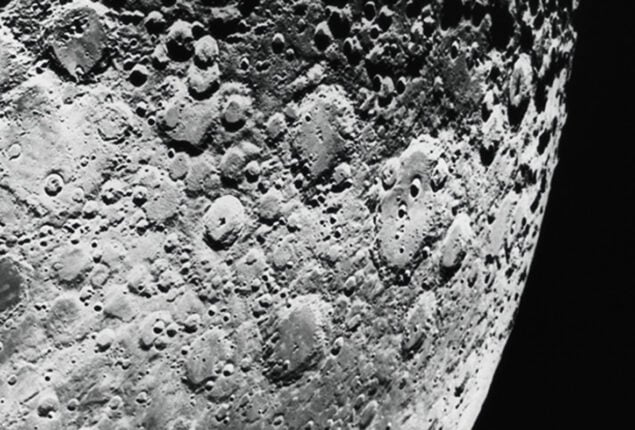Malam Jabba is popular for winter sports
Malam Jabba, After the snowfall, a popular hill station and ski resort...

Moon magnetic anomalies, study explains
Moon has always piqued the interest of astronomers and stargazers. There are more unknowns concerning Earth’s satellites than are known. Although the Moon is small and frozen, its dusty surface is covered in an unusual pattern of magnetic fingerprints. Scientists have developed a number of increasingly sophisticated ideas to explain the routes of extremely magnetic material discovered in various sections of the lunar surface’s crust throughout the years.
A new study has allowed scientists to better analyse the nature of an abnormally high magnetic field that does not fit up with other Moon features. It was headed by geoscientist Zhuang Guo of the Chinese Academy of Sciences’ Institute of Geochemistry and published in Nature Communications.
Researchers investigated lunar soil returned to Earth in December 2020 by China’s Chang’E 5 mission and detected magnetite particles, a mineral that is rarely found in other samples of lunar dirt. Magnetite, a strongly magnetic iron mineral, was discovered in sub-microscopic spherical iron-sulfide grains that resemble molten drops. Further thermodynamic modelling demonstrated that the magnetite in these granules is the result of severe impacts on the lunar surface.
According to the report, “Lunar magnetic anomalies have been a mystery since the Apollo era.” “Therefore, an in-depth understanding of the formation mechanism and distribution characteristics of magnetite on the Moon could provide a new perspective to explain the genesis of magnetic anomalies in the lunar crust,” it continues.
Magnetite is important to planetary scientists because it can be used to follow the evolution of magnetic fields and hunt for potential evidence of life, two of the most important topics of study for any planet or moon, according to Science Alert. In light of their findings, the scientists anticipate that magnetite may be widely distributed in the finest lunar soil.
According to the findings, the mineral is more widespread on the lunar surface, which modifies our understanding of how the Moon has altered through time. The team believes that these minerals, together with the Moon’s current magnetism, can help explain how big object collisions formed a lunar magnetic field.
According to the researchers, “These formation conditions result in a matching relationship between the magnetic anomaly distribution in the lunar crust and the distal ejecta of large impacts.”
Catch all the Trending News, Breaking News Event and Latest News Updates on The BOL News
Download The BOL News App to get the Daily News Update & Follow us on Google News.